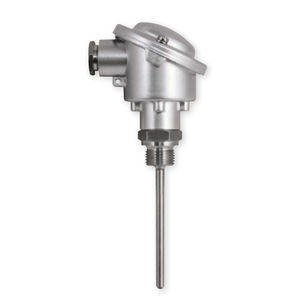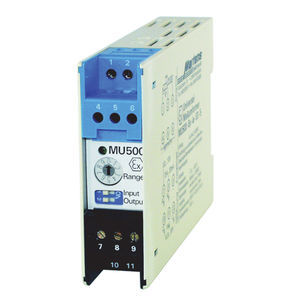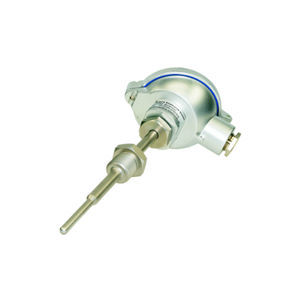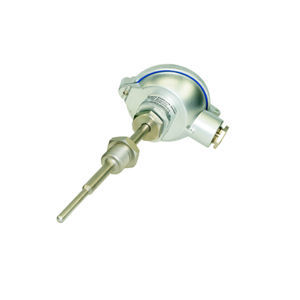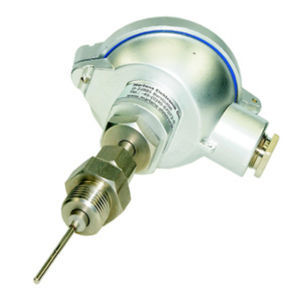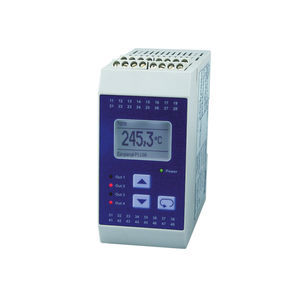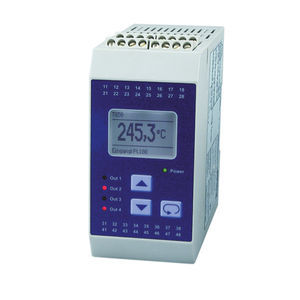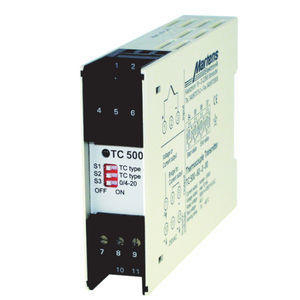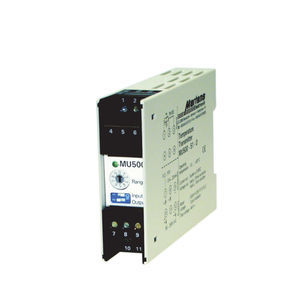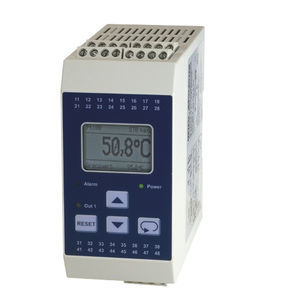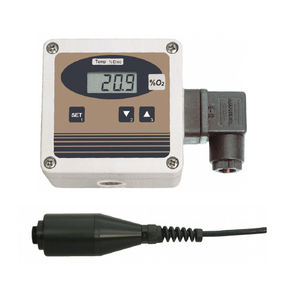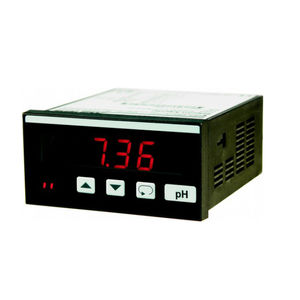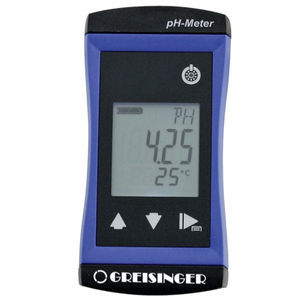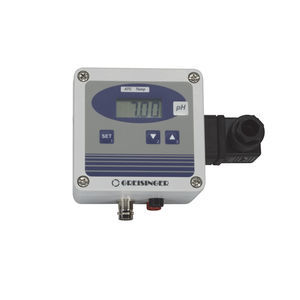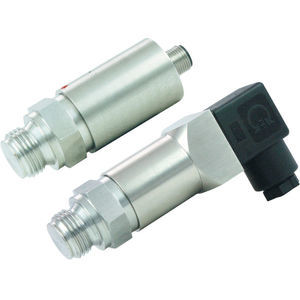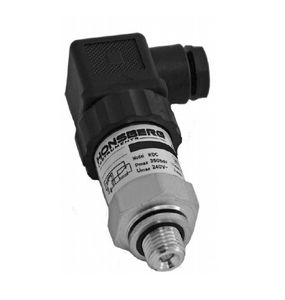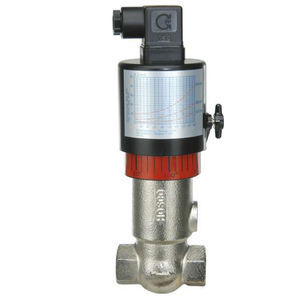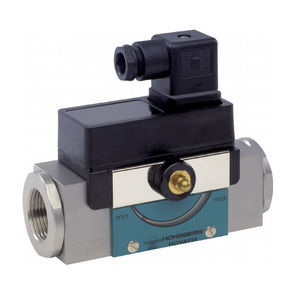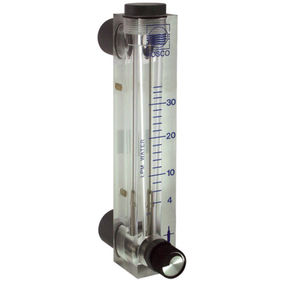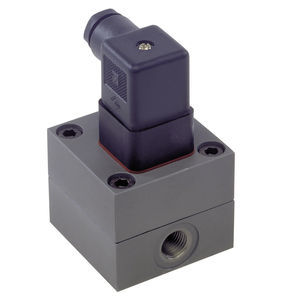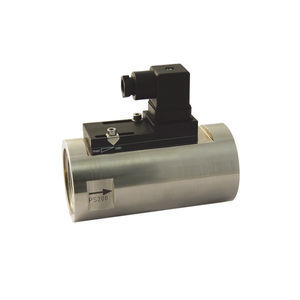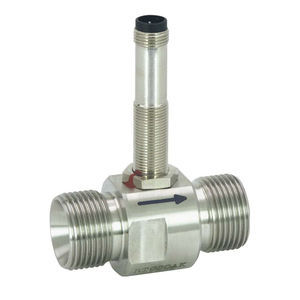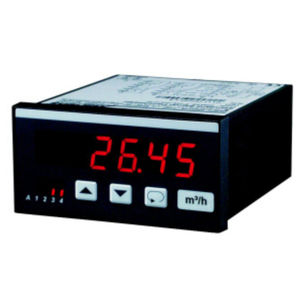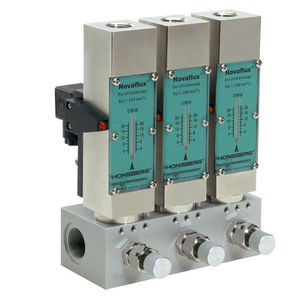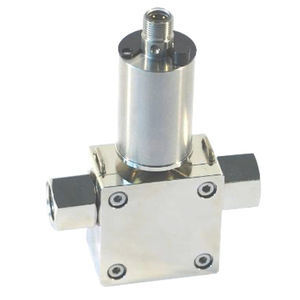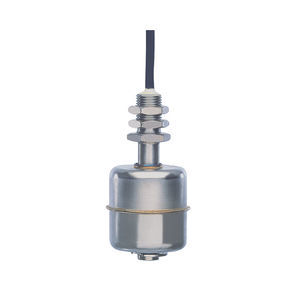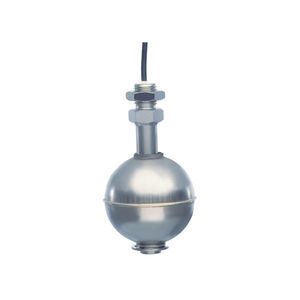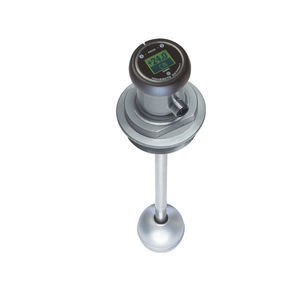
- Company
- Products
- Catalogs
- News & Trends
- Exhibitions
Mechanical flow switch LABO-RT-Sfor liquidsprecisionhigh-pressure

Add to favorites
Compare this product
Characteristics
- Technology
- mechanical
- Fluid
- for liquids
- Other characteristics
- electronic, precision, high-pressure, stainless steel, IP67
Description
A turbine acts as the primary sensor; its rotational speed is proportional to the flow rate. The rotational speed is detected by means of pre-tensioned Hall sensors, i.e. there are no magnets in the flow space.
The integrated converter / counter make available an electronic switching output (push-pull) with adjustable characteristics (minimum/maximum) and hysteresis, which responds when an adjustable limit is fallen short of or exceeded. The switching value can be set to the currently existing flow using "teaching".
Models with analog or pulse output are also available.
Operation and programming
The switching value is set as follows:
● Apply the flow rate to be set to the device.
● Apply an impulse of at least 0.5 seconds and max. 2 seconds duration to pin 2 (e.g. via a bridge to the supply voltage or a pulse from the PLC), in order to accept the measured value.
● When the teaching is complete, pin 2 should be connected to 0 V, so as to prevent unintended programming.
The device has a yellow LED which flashes during the programming pulse. During operation, the LED serves as a status display for the switching output.
In order to avoid the need to transit to an undesired operating status during the teach-in, the device can be provided ex-works with a teach-offset. The teach-offset point is added to the currently measured value before saving. The offset point can be positive or negative.
Catalogs
No catalogs are available for this product.
See all of Senseca Germany GmbH‘s catalogsRelated Searches
- Senseca flow meter
- Senseca liquid flow meter
- Senseca measuring instrument
- Senseca level switch
- Pressure transmitter
- Senseca pressure gauge
- Senseca liquid level switch
- Level probe
- Liquid level probe
- Analog pressure transmitter
- Gas flowmeter
- Stainless steel flowmeter
- Waterproof flowmeter
- Pressure switch
- Membrane pressure transmitter
- Senseca float level switch
- Relative pressure transmitter
- Stainless steel pressure transmitter
- Analog level probe
- Waterproof pressure transmitter
*Prices are pre-tax. They exclude delivery charges and customs duties and do not include additional charges for installation or activation options. Prices are indicative only and may vary by country, with changes to the cost of raw materials and exchange rates.





